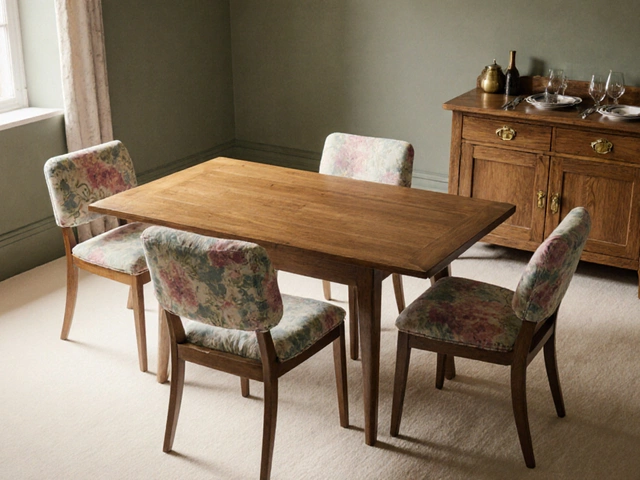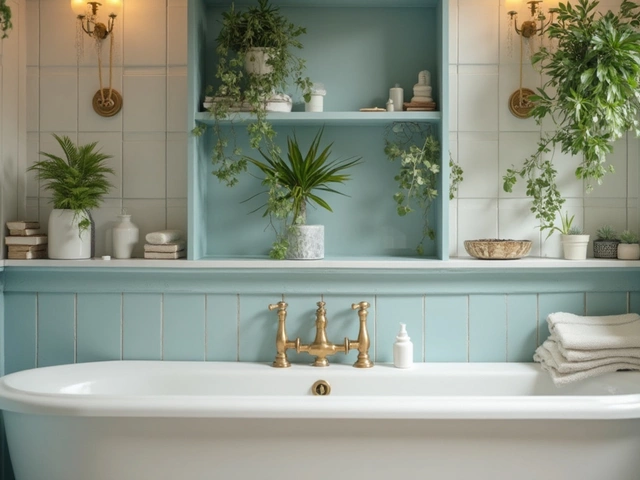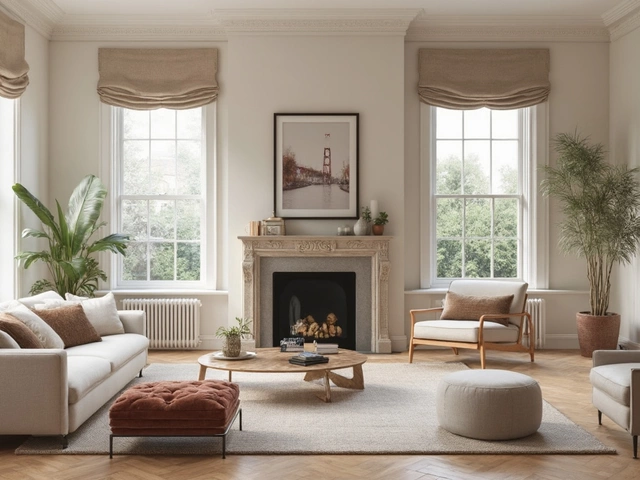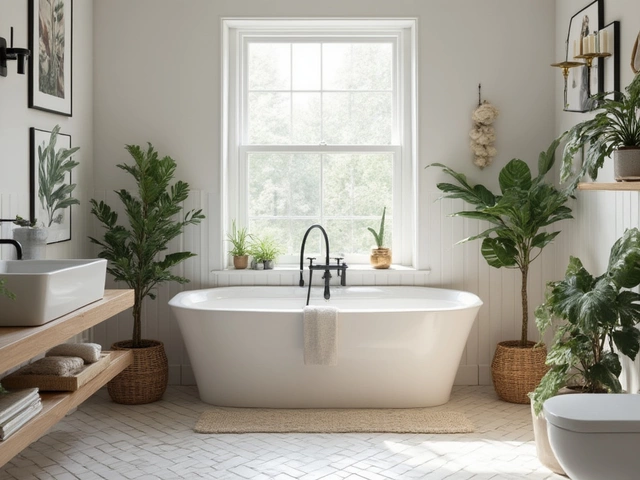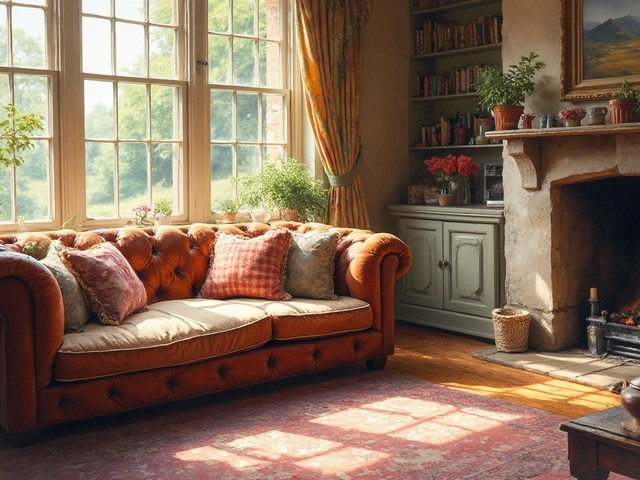Education in Design: Your Guide to Mastering Home Styling
Ever wonder why some rooms feel instantly inviting while others fall flat? The secret is often a few solid design lessons you can learn and use right away. This page breaks down the most useful education in design, so you can go from “I have ideas” to “I can pull them off” without the overwhelm.
Start Simple: Core Principles Every Designer Should Know
First off, stay with the basics. Color, scale, and balance are the building blocks of any good interior. Pick a color palette and stick to three shades – a main, a secondary, and an accent. This keeps the look cohesive and saves you from a chaotic rainbow.
Next, think about scale. A huge sofa in a tiny room will dominate, while a tiny lamp on a massive wall can feel lost. Use the rule of thirds: make the biggest piece about one‑third the width of the space, then fill the rest with supporting items.
Balance isn’t just left‑right – it’s visual weight. A dark bookshelf on one side can be balanced by a light rug or a series of art frames on the opposite wall. When you pair heavy and light elements, the room feels stable and inviting.
If you want a quick win, try the “3‑item rule” for shelf styling: group items in odd numbers, vary textures, and leave a little empty space. It looks intentional without being over‑done.
Put Theory into Practice: Real‑World Projects & Quick Wins
Now that you’ve got the fundamentals, it’s time to apply them. Pick one room and set a mini‑project. For example, the post “Modern Decor Explained” shows how a neutral palette, clean lines, and natural materials work together. Grab a couple of matte white cushions, a walnut coffee table, and a green plant – you’ll see the modern vibe instantly.
Another easy project: update lighting. The guide “How to Choose the Perfect Lighting for Every Room” walks you through matching fixtures to function. Swap a harsh ceiling light for a warm floor lamp in the living room; you’ll notice a cozier feel with just one change.
Don’t underestimate the power of small fixes. The “Curtain Hanging Height Guide” explains why hanging curtains a few inches above the window frame adds height to the room. Measure your window, add 2‑4 inches, and you’ll see a subtle but effective lift.
When you feel confident, tackle a bigger challenge like a full‑room makeover. The step‑by‑step guide “How to Decorate a Room” walks you through planning, choosing a focal point, and adding layers. Follow the order: start with floor and walls, add large furniture, then accessories. By the end, you’ll have a cohesive space that reflects your style.
Remember, design education is an ongoing journey. Keep reading articles, watching videos, and experimenting. Every project teaches you something new, and the more you practice, the easier it gets to trust your instincts.
Ready to start? Pick a room, choose a principle, and make one change today. You’ll be surprised how fast a little knowledge can turn a dull space into a place you love.


